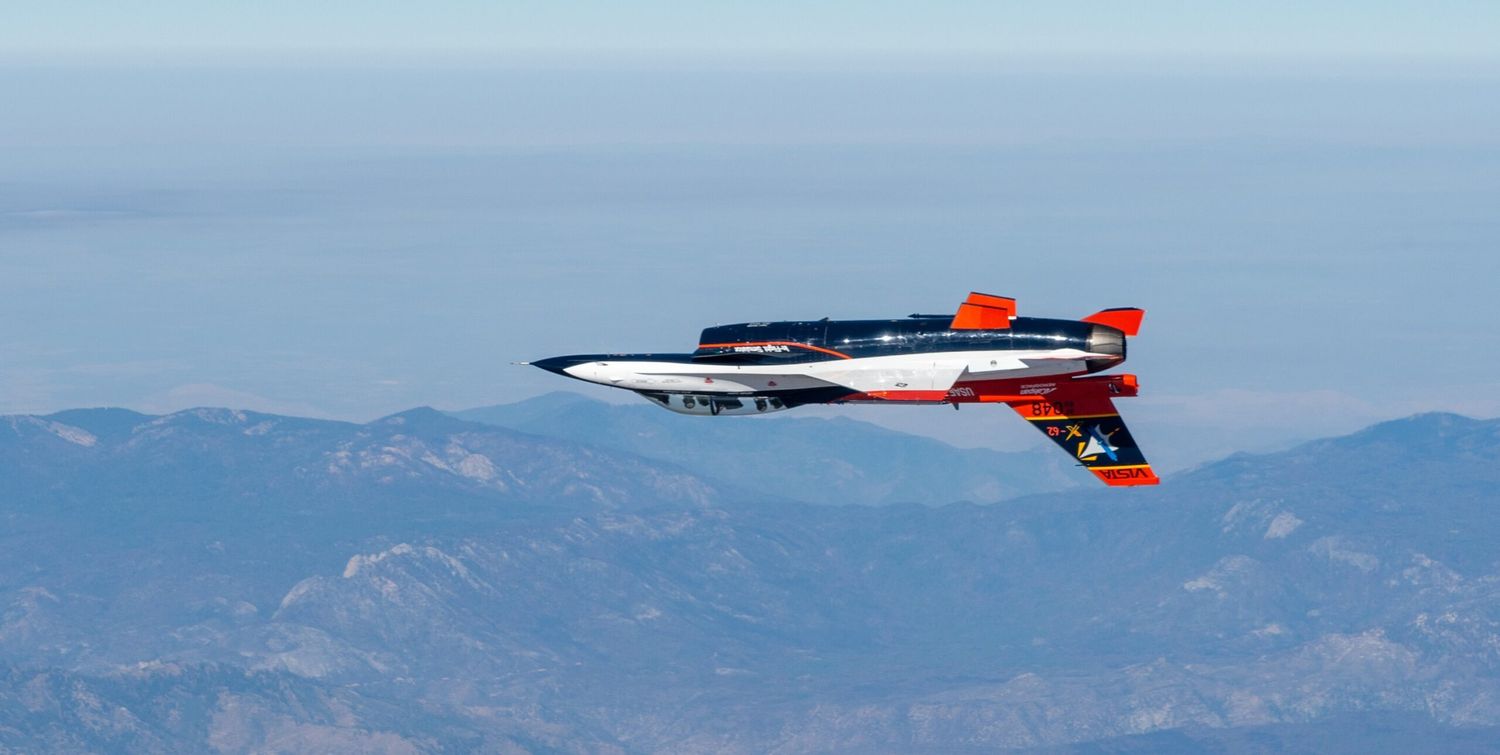For the first time in history, an AI-piloted F-16 faced a fighter pilot in the air in a dogfight
Two F-16 fighters engaged in simulated aerial combat, one of which was flown by an experienced fighter pilot, the other by an artificial intelligence (AI), marking a historic milestone.
As part of DARPA’s (the Pentagon’s advanced program development agency) Air Combat Evolution (ACE) program, it conducted the first successful in-air tests of AI algorithms autonomously piloting an F-16 against a human-piloted F-16 in combat scenarios within visual range (often referred to as «dogfighting»).
The X-62A is flown with safety pilots onboard with the independent ability to disengage the AI. However, test pilots did not have to activate the safety switch at any point during the dogfights over Edwards. “We have to be able to trust these algorithms to use them in a real-world setting,” said Lt. Col. Ryan Hefron, ACE program manager for DARPA..
ACE Program
The ACE program seeks to increase trust in combat autonomy by using human-machine collaborative dogfighting as its challenge problem. This also serves as an entry point into complex human-machine collaboration. ACE will apply existing artificial intelligence technologies to the dogfight problem in experiments of increasing realism. In parallel, ACE will implement methods to measure, calibrate, increase, and predict human trust in combat autonomy performance. Finally, the program will scale the tactical application of autonomous dogfighting to more complex, heterogeneous, multi-aircraft, operational-level simulated scenarios informed by live data, laying the groundwork for future live, campaign-level Mosaic Warfare experimentation.
The goal is that a single human pilot can increase lethality by effectively orchestrating multiple unmanned autonomous platforms from a manned aircraft. In this way, the human role shifts from single platform operator to mission commander. Specifically, ACE aims to provide a capability that allows a pilot to engage in a broader, global air command mission while his aircraft and unmanned systems as a team engage in individual tactics.
The ACE demonstrations will bridge the gap between simple physics-based automated systems (flying an unmanned aircraft along specific flight paths) in use today and complex systems capable of achieving effective autonomy in highly dynamic and uncertain environments at mission speed, DARPA explains.
A transformational moment
In the video, team members explain how the ACE program differs from other aerospace autonomy projects and how it represents a transformative moment in the history of the aerospace industry.
In flight, ACE’s AI algorithms controlled a specially modified F-16 test aircraft known as the X-62A, or VISTA (Variable In-flight Simulator Test Aircraft), at the Air Force Test Pilot School at Edwards Air Force Base, California, where all autonomous combat maneuver demonstrations were conducted in 2023 and will continue through 2024.
Although aerial combat was the primary scenario for the tests, it was not the ultimate goal.

“It’s very easy to look at the X-62A ACE program and see it as under autonomous control, it can dogfight, but that misses the point. Dogfighting was the problem to solve so we could start testing autonomous artificial intelligence systems in the air. Every lesson we’re learning applies to every task you could give to an autonomous system,” said Bill Gray, the school’s chief test pilot.


Comentarios
Para comentar, debés estar registrado
Por favor, iniciá sesión